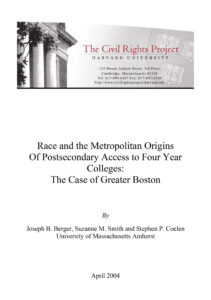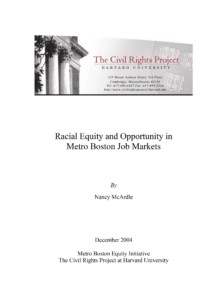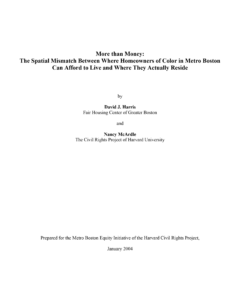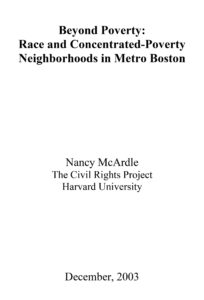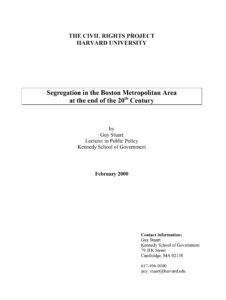Introduction
In the introduction to The New Face of Asian Pacific America: Numbers, Diversity and Change in the 21st Century, the book’s editors Eric Lai and Dennis Arguelles observe that: “Far too often and for far too long, statistics have been used to paint an inaccurate portrait of the Asian Pacific American community, often to its detriment. In the late 19th century, immigration statistics were used to foment fears of a ‘yellow peril,’ justify restrictive quotas, and discourage Asian workers from settling in the United States. In the late 20th century, statistics were used to portray Asian Pacific Americans as a monolithic Model Minority, a community in which everyone was well-educated and well-off, a concept that is often used to drive a wedge between minority communities.” Mindful of the potential of statistics to perpetuate myths and misunderstandings about Asian Americans, we are determined in this report to utilize data drawn from the 2000 U.S. Census to paint as accurately as possible a portrait of the often ignored and misrepresented Asian American community in Metro Boston.
Our primary focus, consequently, is on description rather than on detailed analysis or even informed speculation. In writing about many groups this emphasis might seem relatively insignificant. In the case of Asian Americans, however, there have been few efforts to describe them fully and of the descriptions that have emerged many have been simplistic, stereotypical, and devoid of critical nuances. Furthermore, in many studies where race has been a critical consideration, Asian Americans have either been simply excluded or lumped indiscriminately in a similarly simplistic fashion either with majority whites or with other minorities. Certainly seeking answers to the “why” questions are critical undertakings with regard to Asian Americans. Nevertheless, we maintain that it is an important contribution and an essential preliminary component for effective analysis to describe what the Asian American community looks like and to capture accurately three essential components – its growth, diversity, and enormous complexity.
The stunning growth of the Asian American population, fed significantly by immigration, has been dramatic. As in an earlier time, some might even now regard this expansion as perilous, particularly if statistics on growth rates are all that are considered. A fuller understanding of Asian Americans in Metro Boston, therefore, requires an appreciation of the diversity that exists within that population. Far from the monolithic characterization that Lai and Arguelles refer to, the Asian American community is incredibly diverse in its characteristics and socio-economic condition. Furthermore, an accurate portrait requires a full recognition of the ways in which rapid growth and diversity contribute to complexity. On numerous dimensions – educational attainment, income, employment, etc., it is unwise and impossible to portray in any simple way what is happening in the Asian American community.
We must not lose sight of the fact that race has been and remains a critical factor in the lives and destinies of Asian Americans. We are mindful as well that the complexity that accompanies diversity has potentially important policy implications when dealing with Asian Americans. When considered collectively Asian Americans run the gamut. They are rich and poor, well and poorly educated, city and suburban dwellers, professionals and manual laborers.
Individual Asian subgroups often occupy different locations on these divides. Assuredly, given this situation, one size fits all policies in areas such as immigration, education, social welfare, housing, and employment may be inappropriate where Asian Americans are concerned. Especially due to the continuing importance of race, we must caution once again that as responses to this complexity and the difficulty of accounting for its sources and consequences, policy practitioners and analysts should not be tempted to ignore or oversimplify the situation of Asian Americans in Metro Boston and throughout the United States.
The Metro Boston Equity Initiative is devoted to analyzing race relations and racial equity issues not simply in the city of Boston, but across the entire metropolitan region. Although greater Boston still has a large white majority and suburban sectors with very little diversity, immigration of Latinos and Asians is driving the region’s growth, and much of this population increase is taking place well outside of the city limits.
In compliance with the UC Open Access Policy, this report has been made available on eScholarship:


